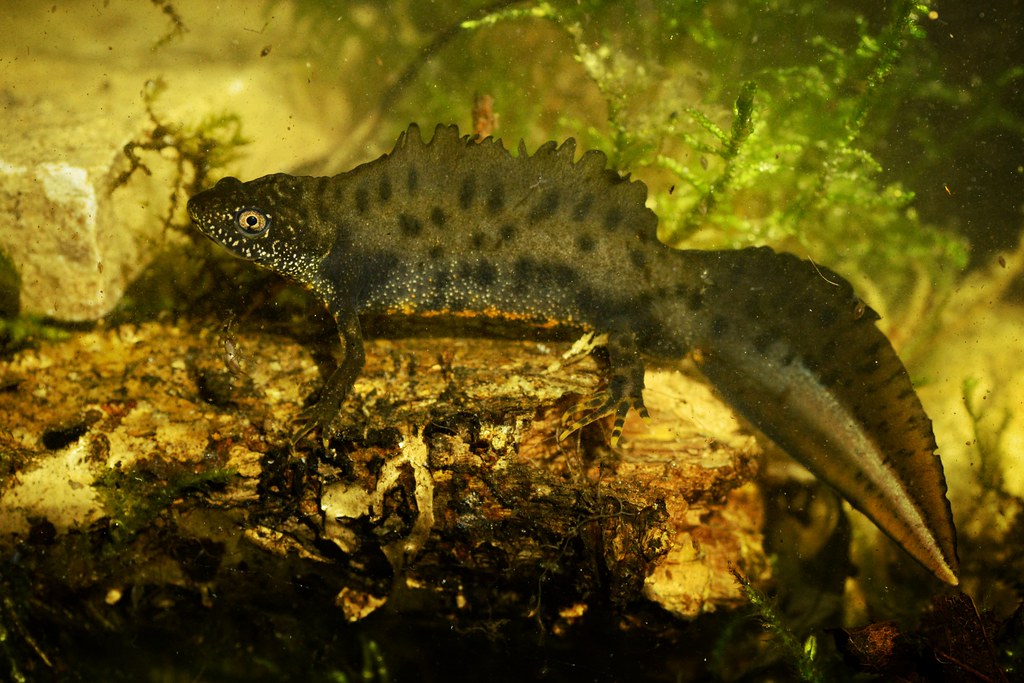The sand martin is a brownish-grey and white martin about 12-13 cm’s long. It has a wingspan of 27-29 cm’s and a weight of about 14 grams. Its black beak is flat, short and broad and adapted to catch small flying insects in flight. Its diet consists mainly of insects, aphids, flies and spiders.
This is how it works if you want to continue on another device
To save your progress if you want to continue on another device, there are several options. Copy or email a link, or read provided QR-code.
When you started the course, you will be able to continue on another device.
-
Read QR-code
Scan the following QR-code with your phone to continue where you left.
-
Copied
- Or email the link to yourself

Facts About Species and Habitats in Mining Environments and Quarries
The sand martin
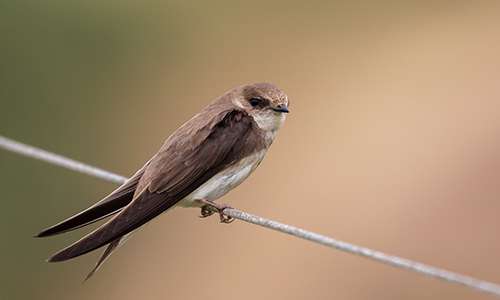
The sand martin is found almost throughout the entire country, even up in the mountain birch forest. They migrate to wintering areas in West Africa in August-September. The sand martin has declined sharply over the past 12 years, so it now meets the criteria for Vulnerable status under the Red List. It has gone from Near Threatened to Vulnerable in 5 years. However, on a global scale, the species is viable. There are good opportunities to favor the sand martin!
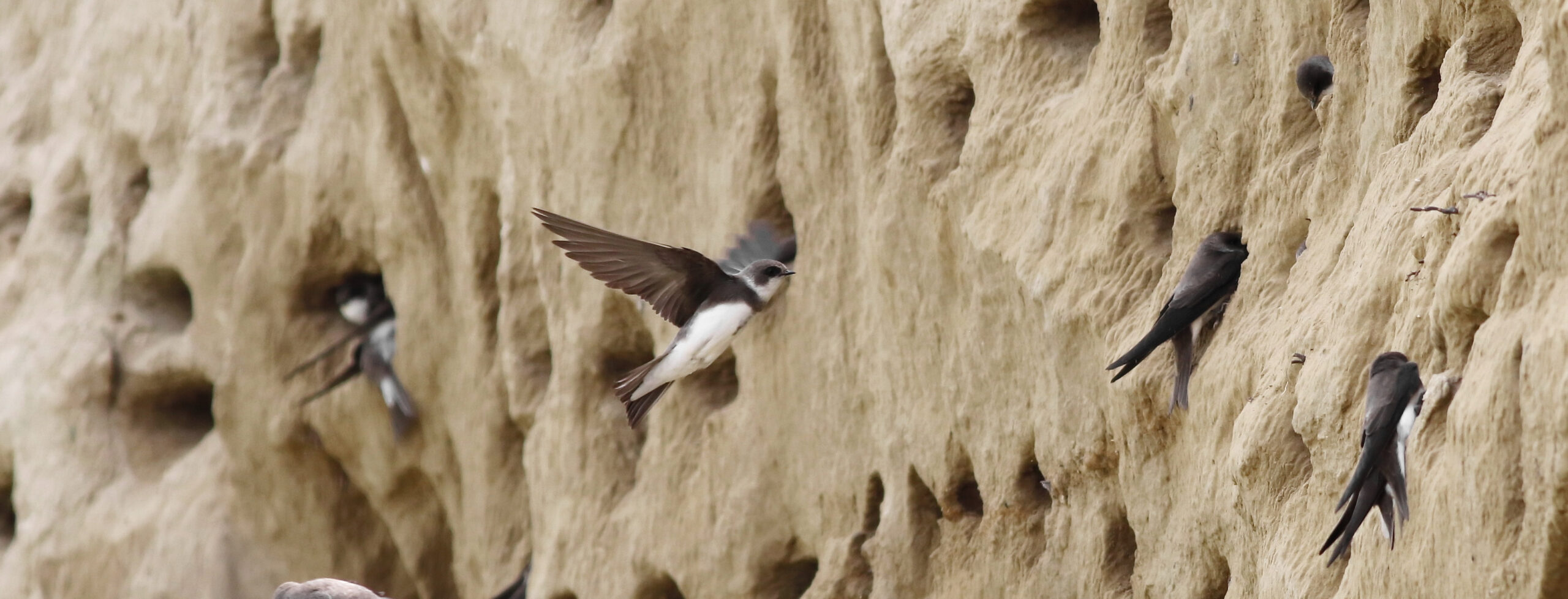
The sand martin nests in colonies in gravel pits and sand and clay banks where it creates nests in steep cuts. The male digs out a nest where the female can then lay her eggs. In Norrland, the sand martin is largely associated with riverbanks and so-called ‘nipor,’ a high erosion steeps of sand. The average colony is quite small, often consisting of a few dozen pairs.
Little ringed plover
The little ringed plover is a bird about 16-18 cm’s long. Within Sweden it appears from the Skåne region all the way up to the Dalarna region and along the entire coast of the Norrland region.
In fact, more than half of the Swedish little ringed plover population now nest in quarry environments and preferably in quarries where there are shallow pools of water. There are therefore good opportunities to create conditions for the little ringed plover by implementing measures in quarry environments.
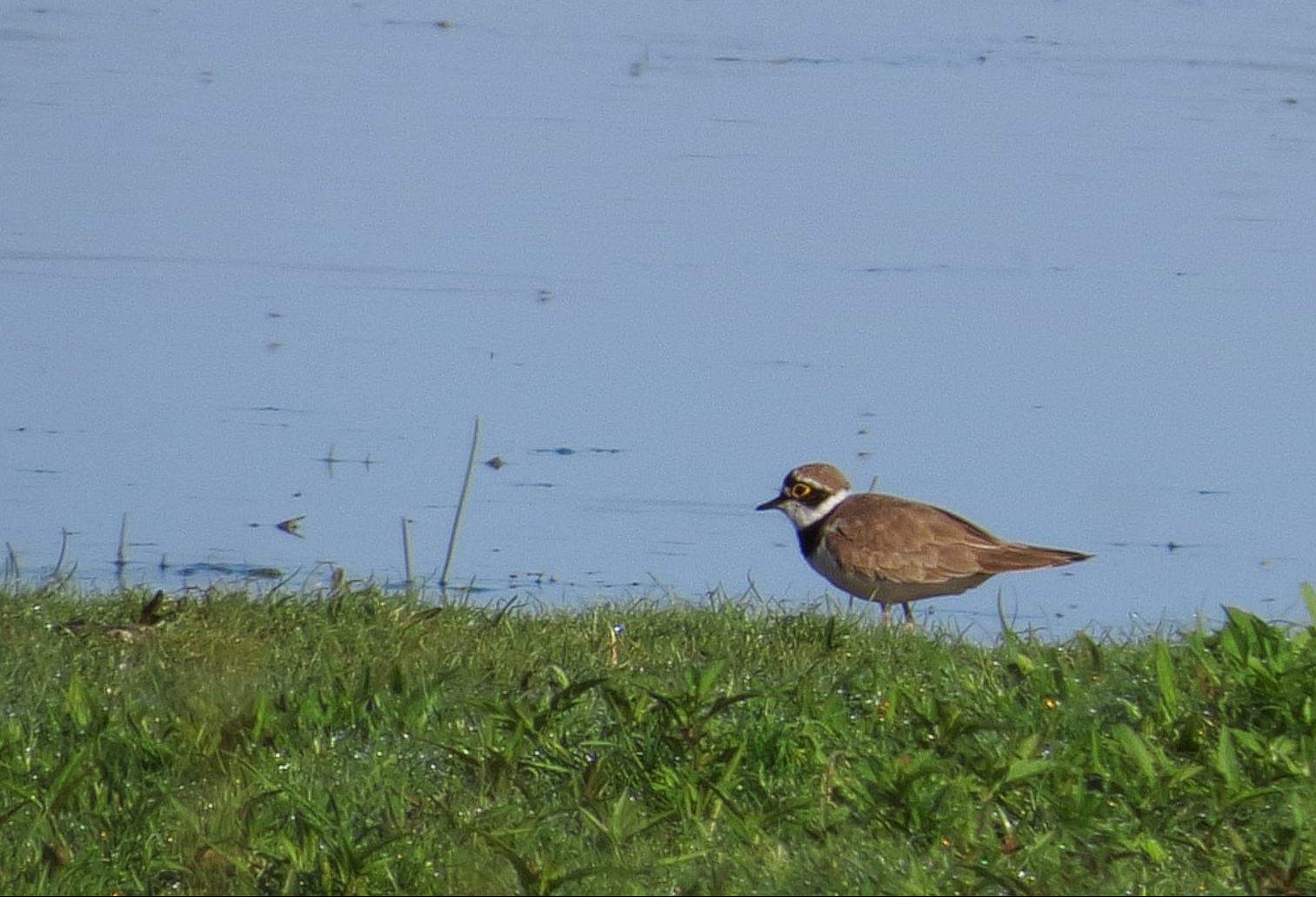
Little ringed plovers nest in gravel or beach environments and lay their eggs in a depression in the gravel or among the pebbles on the beach. In the past, the bird nested along lakes and rivers. Today, it is increasingly breeding in man-made environments. As the sandpiper likes sand and gravel surfaces, it may benefit from quarries.
Butterfly environments
Many species of butterflies live on specific flora on which they are totally dependent for their survival. One example is the marsh fritillary butterfly, which needs meadow grass to lay its eggs. The marsh fritillary butterfly is a medium-sized butterfly with yellow, orange and brown colouring. The blue-violet devil’s bit is a plant that is becoming increasingly rare, partly because many meadows are overgrowing and natural pastures are disappearing.
Other butterfly species can also benefit from actively creating new habitats on disused quarry sites. The Apollo butterfly and the large blue are two examples.
Because the devil’s bit thrives in cleared areas and where the ground has been exposed, it can benefit from areas affected by human activity, such as power line corridors, quarries and mining sites. By recreating habitats such as rich fens and wet meadows with devil’s bit, the marsh fritillary butterfly can benefit.
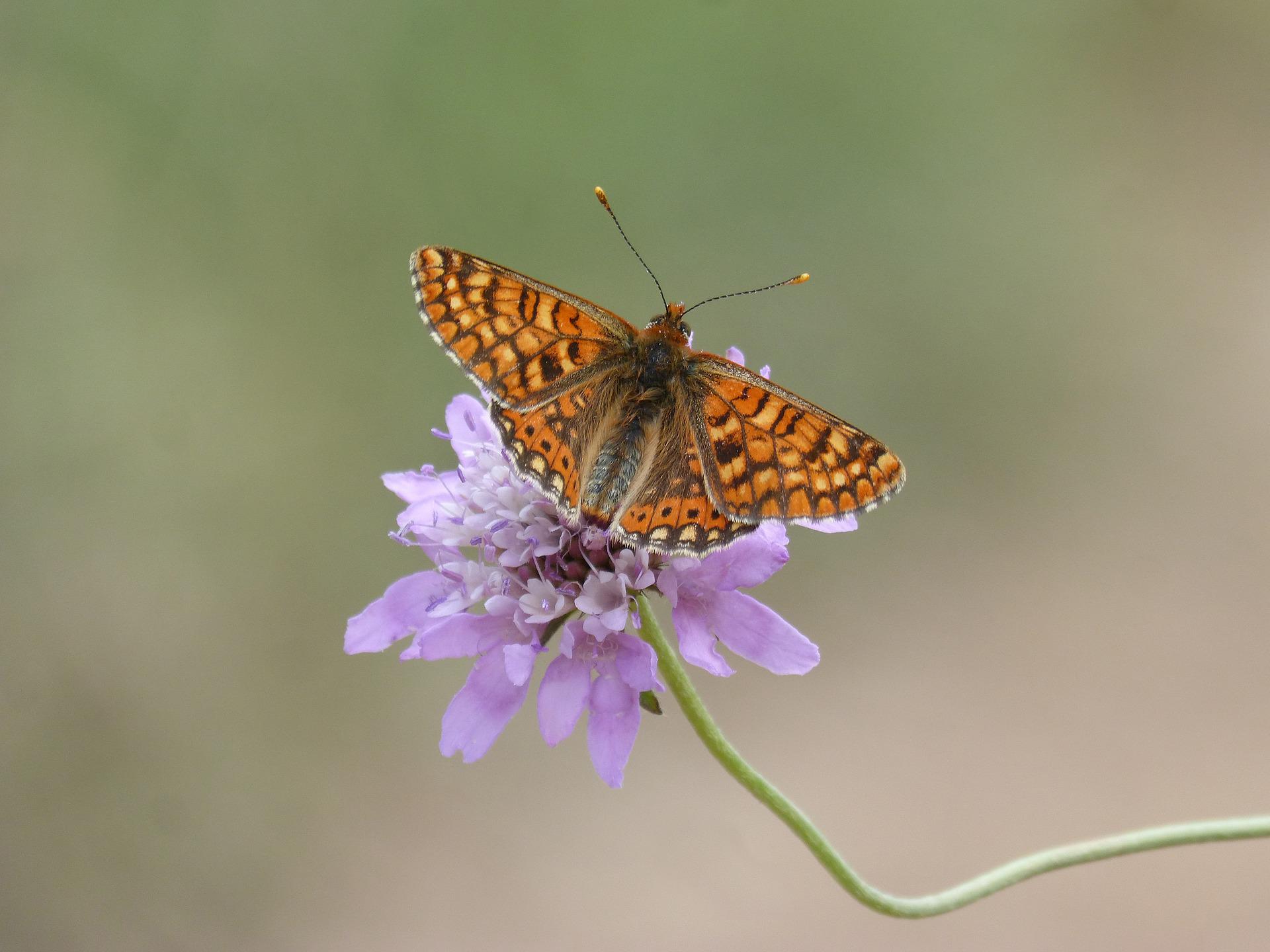
Amphibians
The northern crested newt is an example of an amphibian species that can benefit from quarry environments. The species is found in southern and central Sweden, Dalarna and Jämtland, as well as the Norrland coast up to Ångermanland. It lays its eggs in water bodies where there are no fish. The creation of ponds can also be valuable for insects, such as beetles and dragonflies.
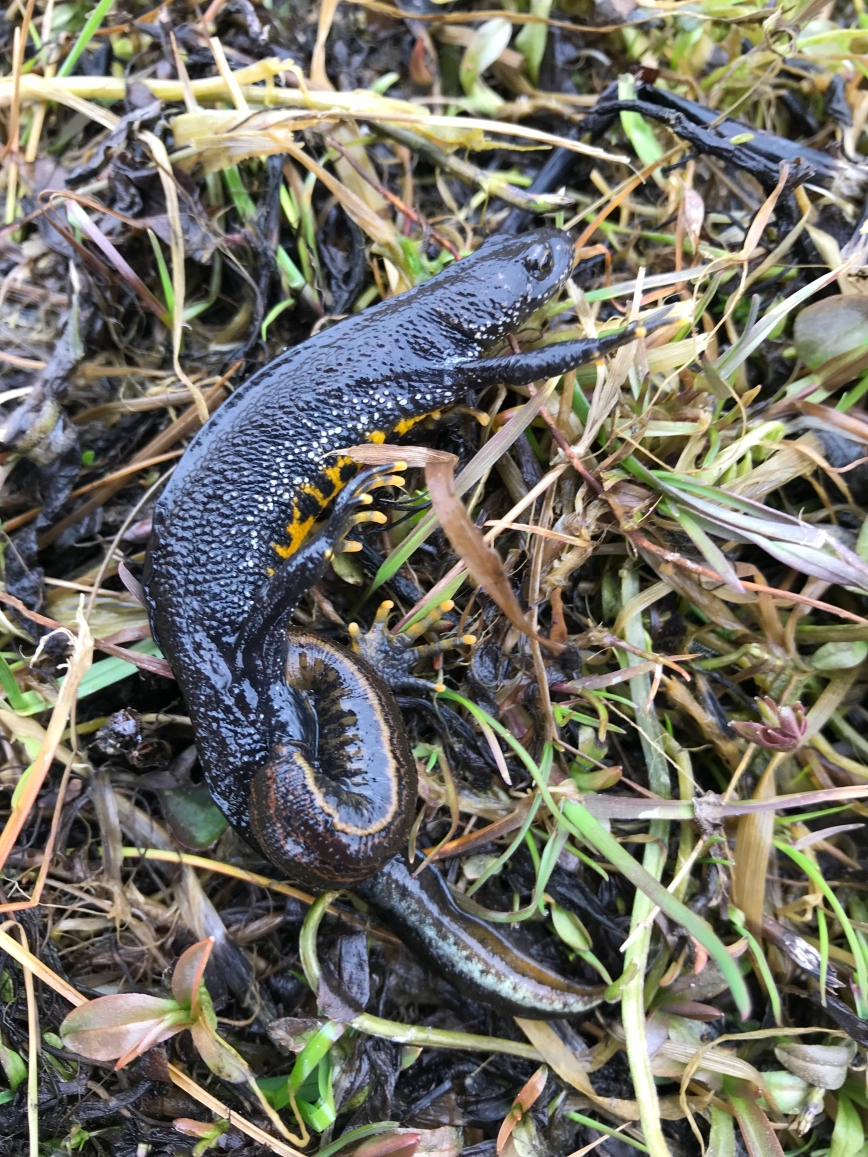
Small ponds found in quarries can be species-rich. Because these types of water bodies are small and shallow, there are no fish. The lack of fish makes these ponds good habitats for amphibians, which need shallow ponds to breed. Stone piles and slabs of rock around the quarries can also be suitable places for frogs to spend the winter.
